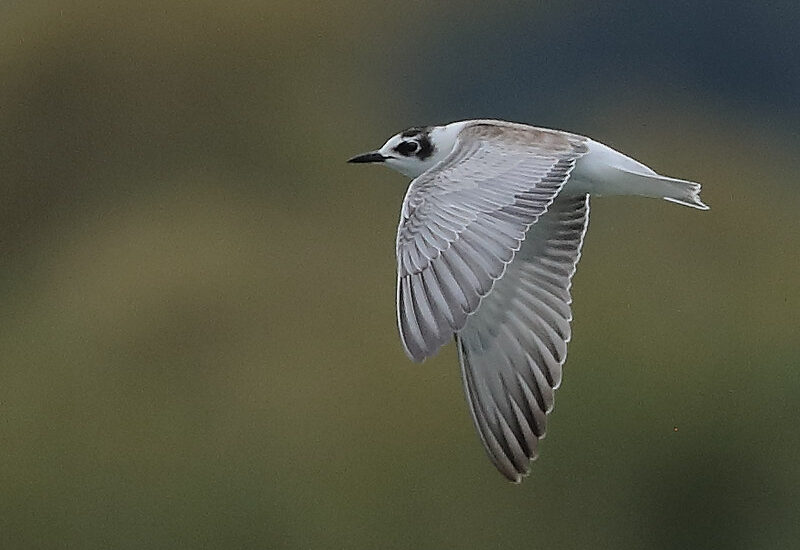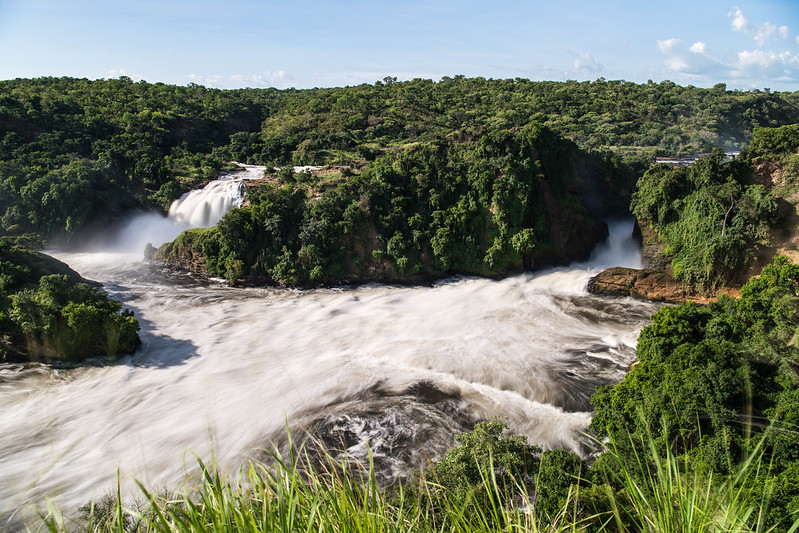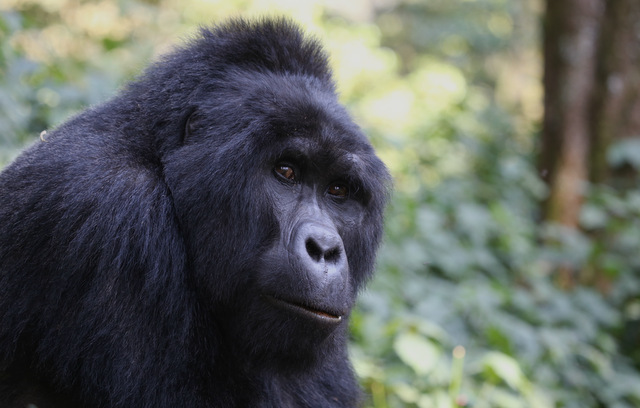Birding in Entebbe Botanical Gardens – Gorilla trekking Uganda safaris. Entebbe Botanical Gardens, currently known…
Albertine rift endemics of Bwindi forest
Albertine rift endemics of Bwindi forest – Gorilla tours in Bwindi.
The 331 square kilometers that make up Bwindi Impenetrable Forest National Park in southwestern Uganda are home to endemic species of the Albertine Rift and other plants and animals unique to the Bwindi forest.
There are many endangered types of animals and birds that call Bwindi Impenetrable National Park home. A unique collection of birds called the Albertine Rift Endemics call Bwindi Impenetrable Forest National Park its home. These birds are located only in the western rift valley.
The Bwindi Impenetrable Forest National Park is a sanctuary for 23 species of rare plants and animals from the Albertine Rift. As far as anybody can tell, only Burundi, the Democratic Republic of the Congo, Rwanda, and Uganda are home to these bird species.
The following species are found in Rwanda: Handsome Francolin, Rwenzori Nightjar, Dwarf Honeyguide, African Green Broadbill, Red-throated Alethe, Archer’s Robin-Chat, Kivu Ground-Thrush, Rwenzori Turaco, Collared Apalis, Mountain Masked Apalis, Yellow-eyed Black Flycatcher, Rwenzori Batis, Stripe-breasted Tit, Purple-breasted Sunbird, Blue-headed Sunbird, Regal Sunbird, Strange Weaver, Dusky Crimsonwing, and Shelley’s Crimsonwing.
Mountain gorillas, an endangered primate species, call Bwindi Impenetrable Forest National Park home. Mountain gorillas and chimpanzees coexist solely in one protected area: Bwindi Impenetrable Forest National Park.
There are four visitor centers in Bwindi Impenetrable Forest National Park: the park headquarters in Buhoma, the Albertine Rift Endemics are most visible in Ruhija, and the other two southern starting points for gorilla trekking, Rushaga and Nkuringo, are located in the park’s northern section.
Located in the country’s southwestern region, Bwindi Impenetrable Forest National Park is on the edge of the rift valley, also known as the impenetrable forest. On the western side, the park shares a border with the Democratic Republic of the Congo (DRC). The closest major town to the park, Kabale town to the southeast, is 29 kilometers away by road.
![]()
Situated at a height of 1,190 to 2,607 meters above sea level, this enchanting park encompasses 331 square kilometers and is situated in the highest regions of the Kigezi highlands. More than 60% of this park is located at an elevation of more than 2,000 meters. At its eastern boundary is Rwamunyonyi hill, the park’s highest point, while at its northern tip lies the park’s lowest point.
More than half of the world’s surviving Mountain Gorilla population calls the Bwindi Impenetrable Forest home. The forest rose to international fame as a result of gorilla tracking. There are less than 800 Mountain Gorillas left in the world, and this forest is home to more than 360 of them.
These gentle primates are in risk of extinction. Poaching, habitat degradation, and illnesses have put them in a very precarious position. Among all of Uganda’s national parks, this one brings in more money for the Uganda Wildlife Authority than any other.
One of the most popular things to do in Uganda and East Africa is to go gorilla tracking at Bwindi National Park, a world heritage site. There are many gorilla families available, and each one may accommodate up to eight guests each day.
They call four sections of Bwindi National Park—Buhoma in the north, Ruhija in the east, Nkuringo in the south, and Rushaga in the south—home. The Uganda Wildlife Authority, the government agency in charge of all Ugandan national parks, ensures the safety of these communities.
The average yearly temperature ranges from 7–15°C to 20–27°C in Bwindi Impenetrable National Park, making it a classic tropical rain forest. The average yearly rainfall falls around between 1,400 and 1,900 millimeters.
March–April and September–November have the most precipitation. Numerous tourist features, such as waterfalls, swamps, and rivers (such as the Ntegyere and Ishasha rivers), which flow in different directions to the north, west, and south, are threatening its survival.
The north and south parts of what is now known as Bwindi National Park were originally planned as the Kasatora royal Forest in 1932, when the park was dubbed royal forest. It was a forest reserve owned by the Ugandan government and had an area of 207 square kilometers.
Bwindi Impenetrable Forest National Park, which was created in 1991 and now occupies 330.8 km², is home to a plethora of mountain gorillas. The Batwa people, who were barred from entering the national park during forest reserve, were greatly affected.
Mountain gorillas call the forest reserve that makes up the national park their home. From 1960 to 1970, a significant number of mountain gorillas were taken captive, and unfortunately, no offspring of these animals were able to survive. This park is home to the largest wildlife community in East Africa.
Excursions into Nature
Natural forest reserve Bwindi Impenetrable National Park offers visitors a variety of hiking paths that take them through the park’s breathtaking forest, wetlands, rivers, and waterfalls. Along the way, they may see colobus monkeys, black monkeys, blue monkeys, and many other primates that they would have missed when trekking with the gorillas.
Trekking with Gorillas.
The highlight of our Uganda safari packages is a visit to Bwindi Impenetrable Forest National Park, home to more than seventeen gorilla families. Tourists may visit each family once a day, with a maximum of eight people per group. Depending on your location, gorilla trekking might take anything from thirty minutes to three quarters of a day.
Once you locate the gorillas, you are permitted to spend an hour with them. The price of a gorilla trekking permit is a mere USD 800.00 per excursion. Trekking with gorillas requires a certain degree of physical condition.
Experience with Habituating Gorillas
Tourists interested in gorilla habituation can do so at Bwindi National Park for USD1500.00 per person, per trek. The experience lasts four hours and includes interactions with researchers who teach visitors about the monkeys’ habits and daily lives. Be aware that the clock starts ticking at four hours after you spot their new tracks.


